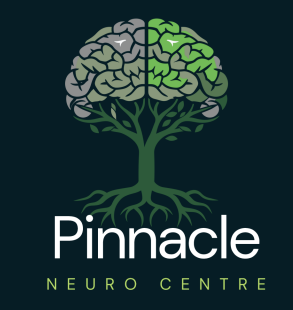Back Pain Treatment
From a neurologist’s perspective, back pain treatment requires a precise diagnosis to address its diverse etiologies—musculoskeletal, neurological, or systemic—while prioritizing functional restoration and symptom relief. Neurologists focus on identifying neurological involvement, such as radiculopathy or myelopathy, and distinguishing benign causes from red flags like tumors or infections.
Back pain treatment varies depending on the cause and severity, but often includes a combination of approaches. Common treatments include Pain Relievers (Over-the-counter or Prescription),and lifestyle adjustments like improving posture and lifting techniques. In some cases, more advanced treatments like injections or surgery may be necessary.

Diagnostic Approach: A thorough history assesses pain onset, character (e.g., sharp, burning), and associated symptoms like leg numbness, weakness, or bowel/bladder dysfunction, which suggest nerve or spinal cord pathology. Neurological examination evaluates motor strength, reflexes, sensation, and gait. Imaging (MRI for soft tissue, CT for bones) and EMG/nerve conduction studies confirm diagnoses like disc herniation or radiculopathy. Red flags—fever, trauma, or weight loss—prompt urgent investigation for malignancy or infection.

Non-Pharmacological Management: Physical therapy is central, emphasizing core strengthening, flexibility, and posture correction to alleviate mechanical pain and prevent recurrence. Techniques like manual therapy or traction benefit lumbar strain or mild radiculopathy. Neurologists advocate early mobilization over bed rest to avoid deconditioning. Ergonomic adjustments (e.g., proper seating) and weight management reduce spinal stress. Cognitive-behavioral therapy helps chronic pain patients manage psychological amplifiers like anxiety.
Pharmacological Management: For acute pain, NSAIDs (e.g., ibuprofen) reduce inflammation; acetaminophen is an alternative for mild cases. Muscle relaxants (e.g., cyclobenzaprine) address spasms but are short-term due to sedation risks. Neuropathic pain from radiculopathy responds to gabapentin or pregabalin, titrated to minimize dizziness. Oral corticosteroids are reserved for severe radicular pain, but neurologists avoid prolonged use due to systemic risks. Opioids are rarely justified, given dependency concerns and limited evidence in chronic back pain.
Interventional and Surgical Options: Epidural steroid injections target radicular pain unresponsive to conservative measures, offering temporary relief. Neurologists refer patients with progressive motor deficits, cauda equina syndrome, or refractory pain to neurosurgery. Procedures like microdiscectomy or laminectomy address disc herniation or stenosis; fusion is considered for instability. Pre-surgical EMG and MRI guide intervention.
Chronic Pain and Comorbidities: Multidisciplinary care integrates pain specialists and psychologists for refractory cases. Neurologists monitor for depression or sleep disturbances, which exacerbate pain perception. Emerging neuromodulation (e.g., spinal cord stimulation) shows promise for failed back surgery syndrome.
Prognosis: Most acute cases resolve within 6 weeks with conservative care; chronic pain requires ongoing management. Neurologists emphasize patient education and self-management to optimize outcomes and prevent disability.
